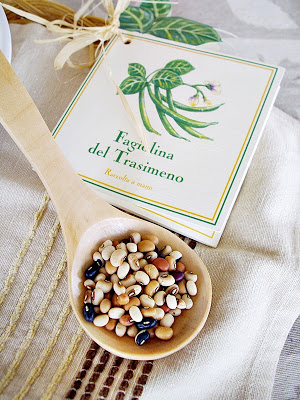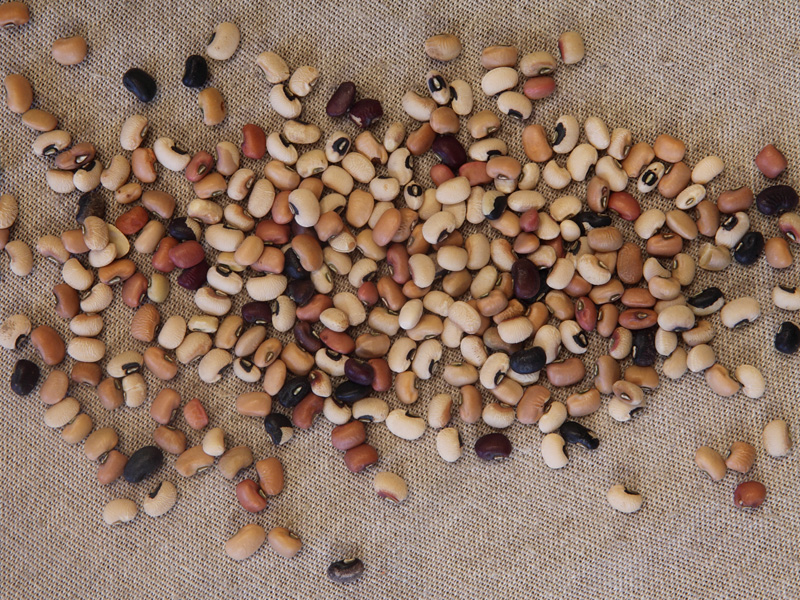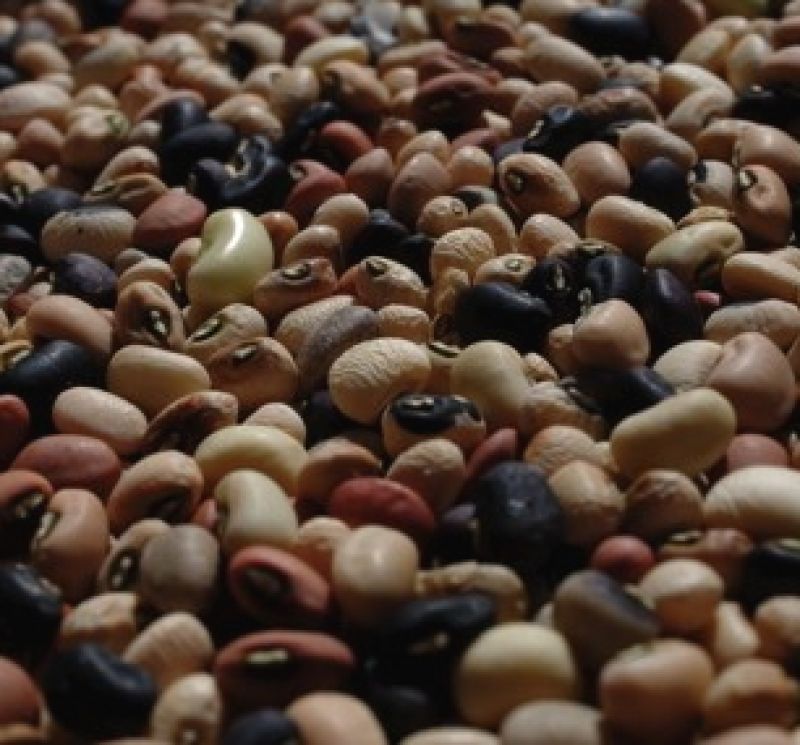
Fagiolina
This post is also available in:
 English (Inglese)
English (Inglese)
Thanks to the highly-developed commercial activity of the Etruscan civilization, “Fagiolina del Trasimeno” beans (Vigna unguiculata), originally imported from Africa, have spread in ancient Etruria including the basin of Lake Trasimeno; the local whose humid soils and climate have, in fact, proved ideal for excellent quality cultivations over the centuries.
These beans were cultivated until the postwar period, mainly in the vegetable gardens as they happened to be the main source of proteins for the locals; in fact, they feature more proteins than that common beans (5%-15% higher content), as well as a significantly higher lipid content: excellent nutritional qualities.
The seeds are small as rice grains. After centuries of cultivation around Lake Trasimeno and appreciated until the 1950s, these beans eventually almost disappeared. The lake area, in fact, was hit by a dramatic depopulation and this ancient cultivation progressively disappeared while that of corn, sunflower and pepper survived. To make things worse, local farmers grew tired of the demanding manual cultivation, from sowing to harvesting and threshing this type of beans.
Ripening takes place gradually: the beans must be harvested every day for a couple of weeks. The plants are then dried and beaten with forks and sticks. Eventually, seeds are painstakingly separated, sifted and stored in food bags.
Many local recipes with these green beans are very simple: the dried ones are eaten boiled with a little extra virgin olive oil (the local one from the hills around the lake is excellent), while the fresh ones are cooked in a pan with tomato and garlic.
This post is also available in:
 English (Inglese)
English (Inglese)
Contatti


